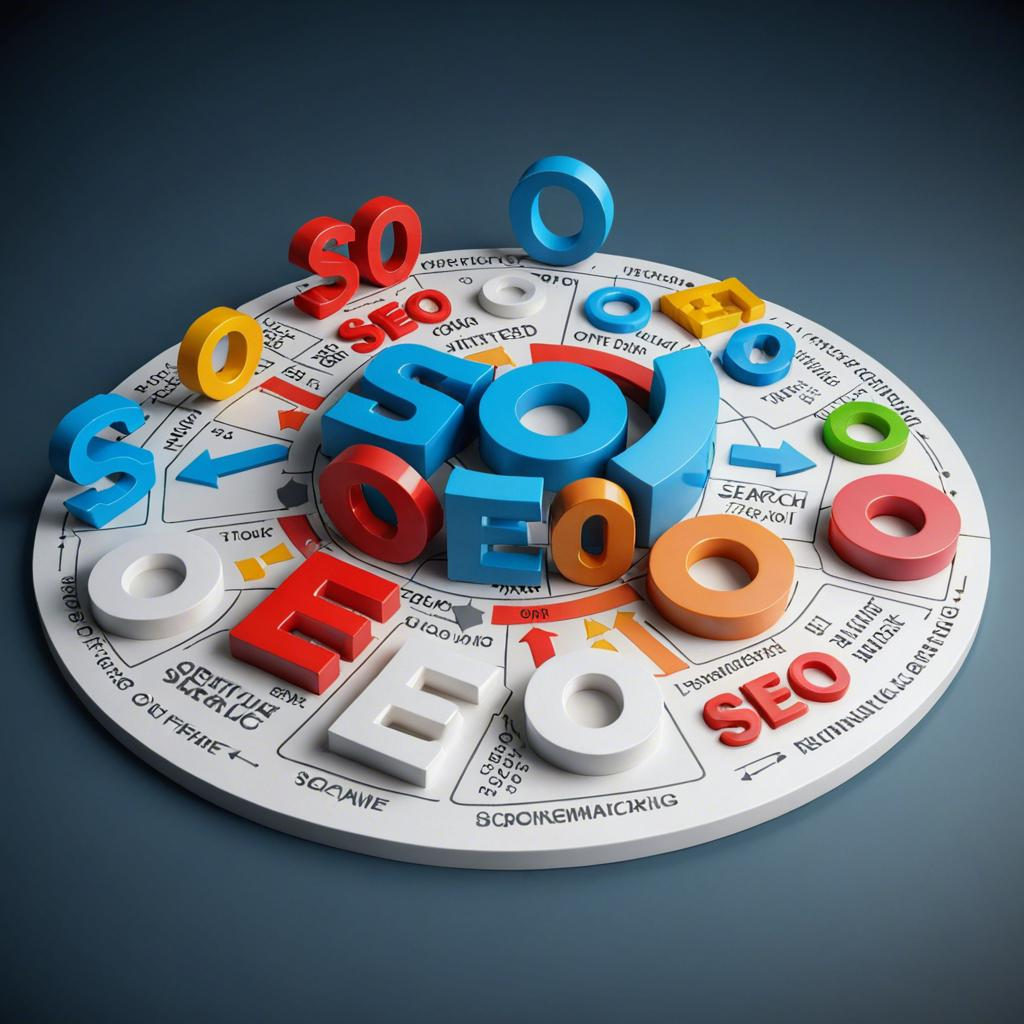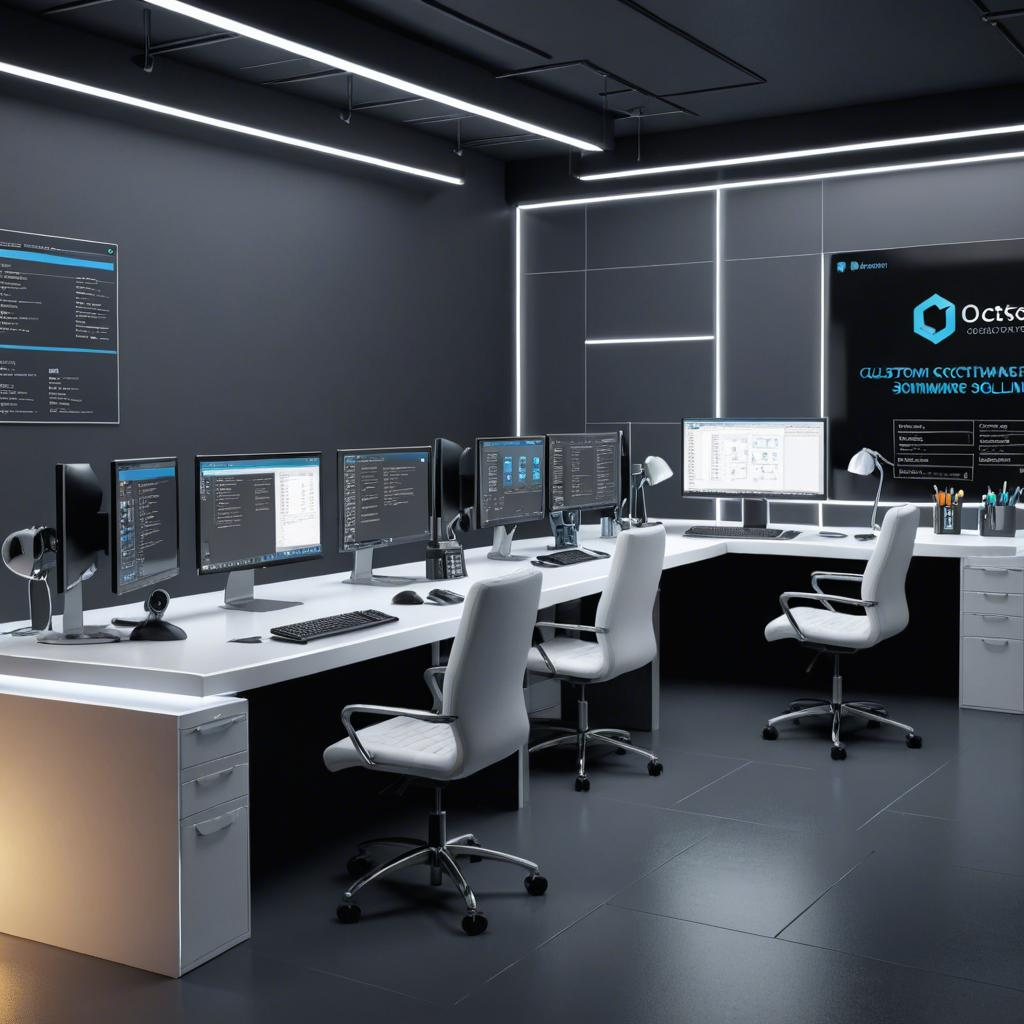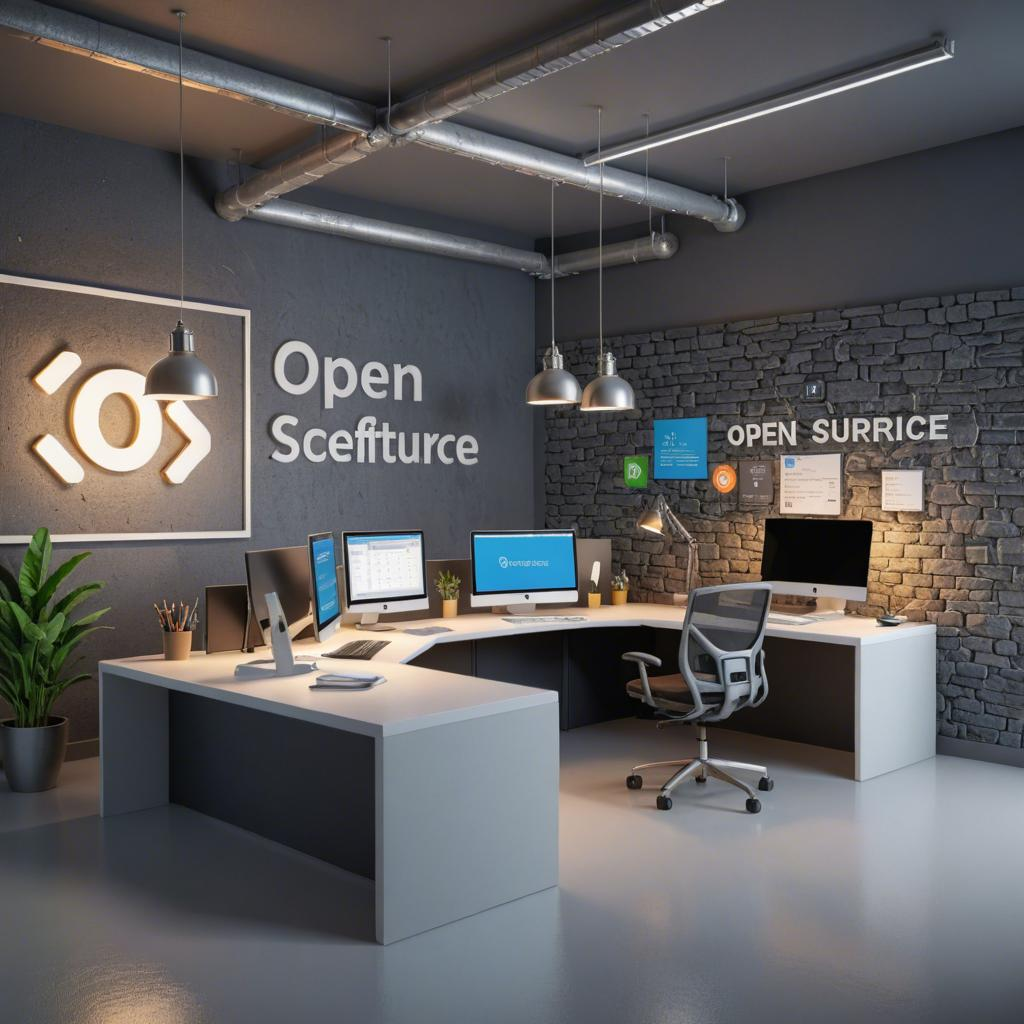How to Create a Mobile App for the Food and Beverage Industry
The food and beverage industry has experienced a significant transformation in recent years, largely driven by the rise of mobile technology. With the increasing demand for convenience and personalized experiences, having a robust and user-friendly Mobile App has become essential for businesses in this sector. Mobile App developers play a crucial role in designing solutions that enhance customer engagement, streamline operations, and boost revenue. In this blog, we will explore the step-by-step process of creating a Mobile App tailored for the food and beverage industry.
Understanding the Market Needs

Before embarking on the development journey, it is crucial to understand the unique requirements of the food and beverage industry. Market research is the foundation of a successful app. Analyze your target audience to identify their preferences, pain points, and expectations. Whether it’s a restaurant, a food delivery service, or a beverage brand, understanding user behavior will help shape the app’s features and functionality.
For instance, customers may prioritize features such as seamless food ordering, real-time tracking, digital payment options, and personalized recommendations. Additionally, industry-specific trends such as sustainability, dietary preferences, and contactless services should also influence your app’s design and functionality.
Defining the Core Features

Mobile app developers must carefully define the core features that align with the business goals and customer expectations. In the food and beverage sector, some essential features include:
1. User-Friendly Interface:
The app should have an intuitive and visually appealing interface that allows users to navigate effortlessly.
2. Ordering System:
robust ordering system is critical for restaurants and food delivery services. It should support menu browsing, item customization, and order confirmation.
3. Real-Time Tracking:
appreciate real-time updates on their orders, especially for food delivery services. This feature builds trust and enhances the user experience.
4. Payment Integration:
Secure and diverse payment options, including credit/debit cards, digital wallets, and UPI, are essential for a seamless transaction process.
5. Loyalty Programs:
Integrating rewards and loyalty programs can increase customer retention and engagement.
6. Push Notifications:
Timely notifications about promotions, offers, and order updates keep users engaged.
Choosing the Right Technology Stack

Selecting the right technology stack is a critical decision for mobile app developers. The choice of programming languages, frameworks, and tools will impact the app’s performance, scalability, and maintenance. For instance, developers may opt for native app development using Swift for iOS and Kotlin for Android to deliver superior performance. Alternatively, cross-platform frameworks such as Flutter or React Native can be used to reduce development time and cost.
The backend technology should also be robust to handle large volumes of data and ensure smooth communication between the app and servers. Popular backend frameworks include Node.js, Django, and Ruby on Rails. Additionally, integrating APIs for payment gateways, geolocation, and third-party services will enhance the app’s functionality.
Designing the User Experience

User experience (UX) design is at the heart of any successful Mobile App. Mobile app developers must focus on creating a seamless and enjoyable experience for users. This involves designing a visually appealing layout, ensuring fast load times, and minimizing friction in the user journey.
For the food and beverage industry, the design should reflect the brand’s identity while prioritizing functionality. For example, an online menu should be easy to read, with clear images and descriptions. The checkout process should be quick and straightforward, reducing the chances of cart abandonment.
Testing and Quality Assurance

Thorough testing is essential to ensure that the app is free from bugs and performs well under different conditions. Mobile app developers should conduct various tests, including functional testing, performance testing, and usability testing. It is also important to test the app on multiple devices and operating systems to ensure compatibility.
Feedback from beta testers can provide valuable insights into areas of improvement. Addressing these issues before the official launch will help avoid negative reviews and ensure a smooth user experience.
Launching and Marketing the App
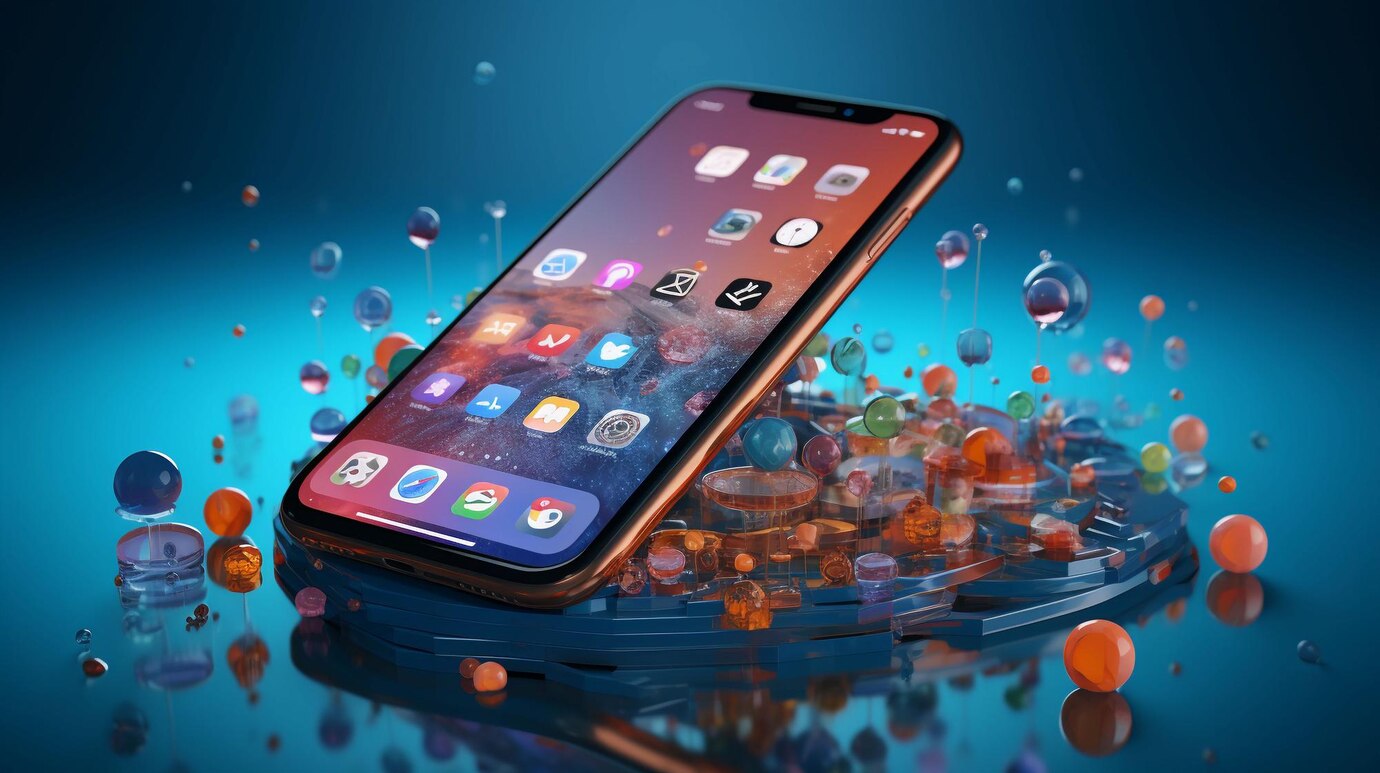
A successful app launch requires a well-planned marketing strategy. Mobile app developers should collaborate with the marketing team to create buzz around the app. Leverage social media platforms, email campaigns, and influencer partnerships to reach your target audience.
Additionally, optimizing the app store listing with relevant keywords, high-quality screenshots, and a compelling description will improve discoverability. Encouraging satisfied customers to leave positive reviews will also boost your app’s visibility and credibility.
Maintaining and Updating the App
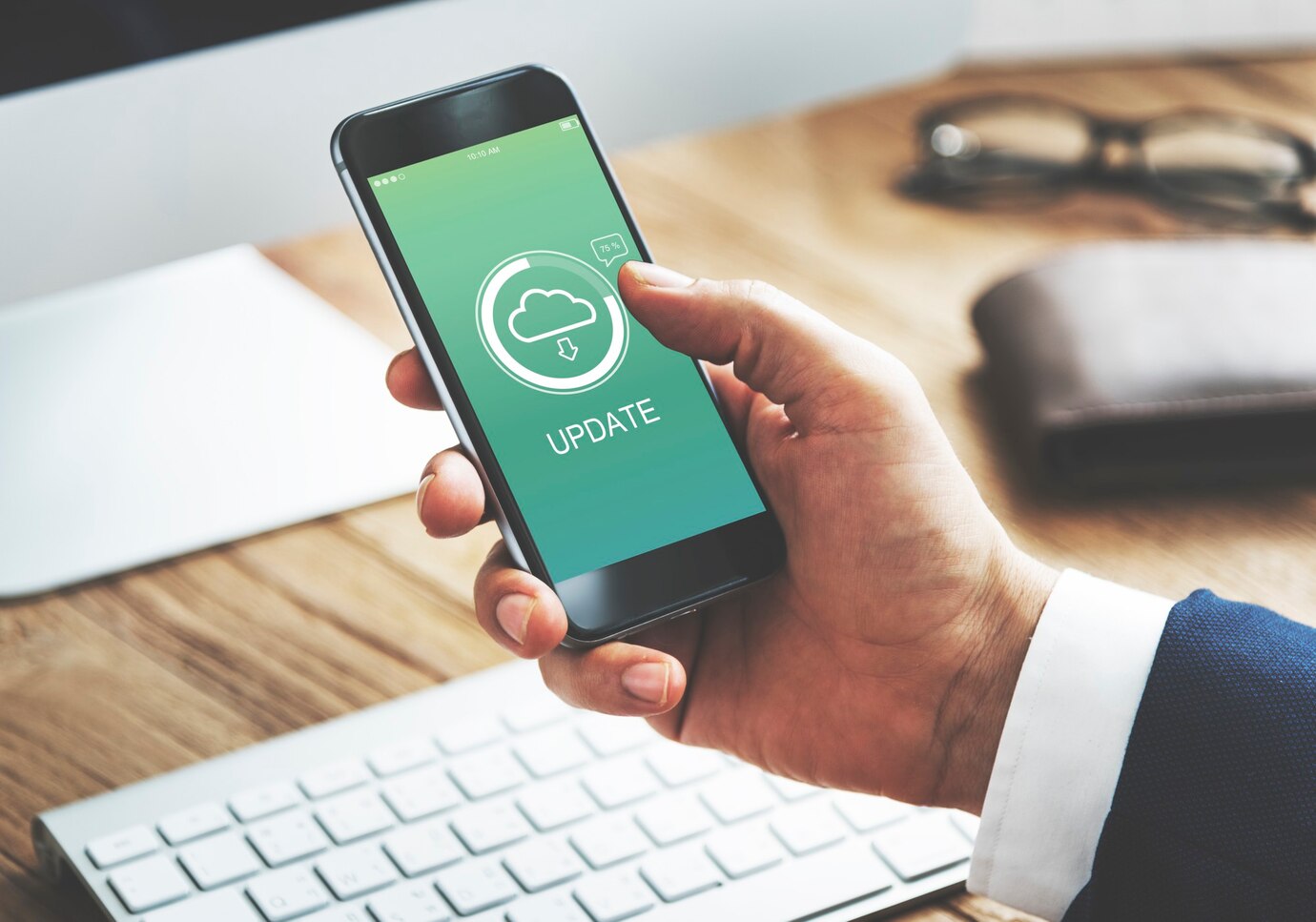
The journey doesn’t end with the app’s launch. Continuous maintenance and updates are essential to keep the app relevant and functional. Mobile app developers should monitor user feedback and analytics to identify areas of improvement. Regular updates with new features and improvements will ensure that the app stays competitive in the ever-evolving food and beverage industry.
Conclusion
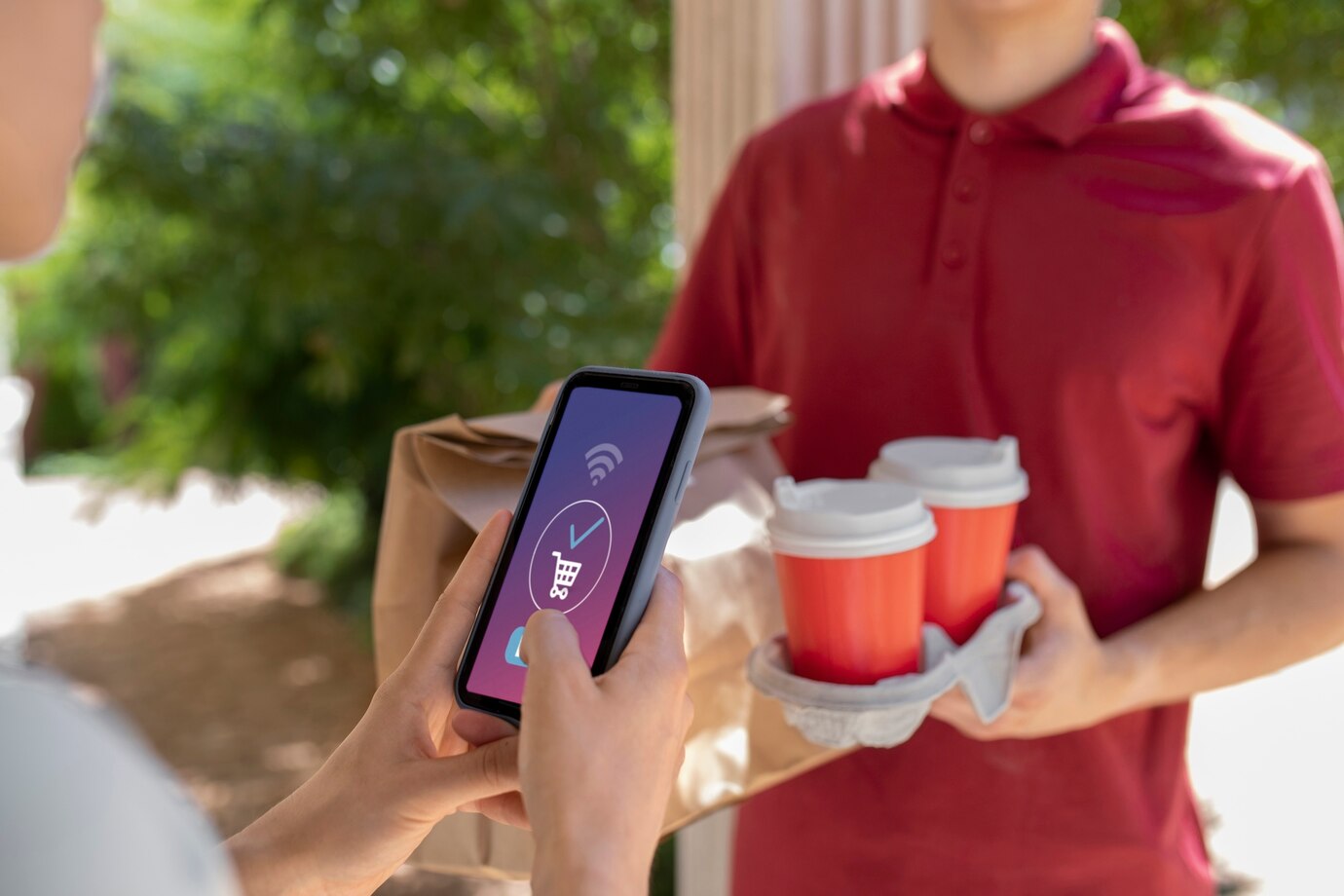
Creating a Mobile App for the food and beverage industry requires careful planning, technical expertise, and a customer-centric approach. By understanding market needs, defining core features, choosing the right technology stack, and prioritizing user experience, mobile app developers can deliver solutions that drive business success. Whether you’re a restaurant owner, a food delivery service, or a beverage brand, investing in a well-designed Mobile App is a strategic move to stay ahead in this dynamic industry. With the right team and a clear vision, your Mobile App can become an indispensable tool for enhancing customer satisfaction and achieving your business goals.


